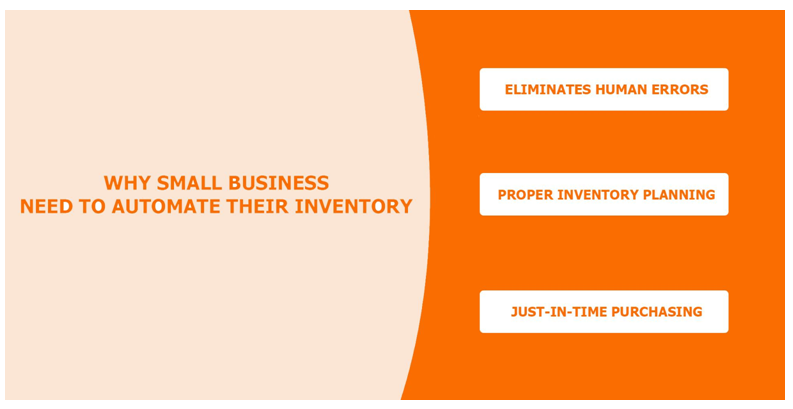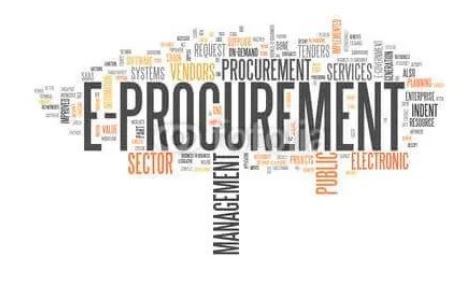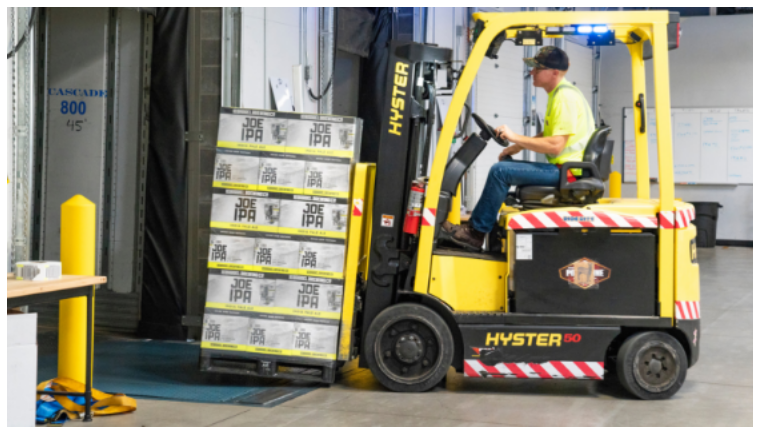A narrative arc is a graphical representation illustrating the path followed by a story. Also known as ‘story arc,’ or ‘dramatic arc,’ it helps cinematographers understand how the story’s plot unravels, how characters feel, whether the story is fast-moving or slow-moving, and the intensity of the climax.
Gustav Freytag was the first to introduce this concept, and it can be extremely useful for content marketers as well. You might have read a lot on this topic before, but probably you haven’t come across a proven strategy that hits the bullseye. Movie production companies spend billions on creating stories that mint a lot more billions, and this process is backed by meticulous analysis and not creative highs. Ever wondered if you can also predict how engaging your content will feel to the masses? Let’s finish this once and for all. Today, I will show how you can use the story arc to make your articles appealing no matter which subject you are writing on. This article is based on my experience of marketing our ecommerce automation solution which would otherwise become tough given the technical nature of this product. Here we go.
What Are The 5 Elements That Form The Story Arc
- Exposition: This is the beginning of the story where the characters are introduced, and the background is set.
- Rising Action: This phase begins with the “inciting incident” and shows the increasing conflicts in the character’s lives.
- Climax: At this point, the entire plot converges into a phase with the highest tension in the storyline where the protagonist either makes a tough choice or faces the moment of truth.
- Falling Action: This shows the unfolding of the lead character’s decision and clears the fog around resolution.
- Resolution: This signifies the end of the story, It doesn’t need to be a happy ending always, but it should be a satisfactory end to the series of events.
What Makes An Article Engaging
The buzz around how to write engaging content seems to never end, and most answers revolve around best practices, the AIDA model, and even on-page SEO. But that’s not how we can predict that a piece of content will receive enormous engagement. Writing relevant content isn’t the exact answer either. And perhaps, writing cliched phrases, using decorative terms does more harm than good in most cases. So what’s the sure-shot formula to content writing.
Emotions engineering! Humans are probably the most emotive animals who started painting on cave walls thousands of years ago to pour out their feelings. This desire to tell and listen to stories is now embedded deeply in our DNA. And that’s exactly what you should know as a content creator.
Your article should take the readers on an emotional journey or, even better- a rollercoaster. It should arouse feelings of excitement, fear, happiness, reassurance, inquisitiveness, FOMO, and satisfaction in different parts of the article body. This keeps your reader engaged. But it will require you to be smart with how much to reveal, when, where, why, and how. An engaging article has these aspects at its core rather than bombarding the readers with only relevant pieces of data. They are more focused on setting a narrative through their tonality and convincing the reader that whatever information they just consumed was awesome.
Frankly speaking, the readers aren’t interested in understanding the nitty-gritty of devising the solution. They would just look forward to verifying whether you (your company/client) can get the job done to their satisfaction. In most cases, content marketing is a part of the outreach program and online reputation management, so keep this in mind. This may seem obvious, but, in practice, too many writers overcompensate knowledge sharing only to end up with almost monotonous content, which isn’t something the reader is looking for in the first place.
Now, this doesn’t mean that you shouldn’t provide actionable or insightful details, but as I said, it should be a healthy mix of everything.
Designing Readers’ Emotional Journey Using Narrative Arc
It’s Showtime! To begin with, you will need to ensure that the sentence length varies throughout your article. This makes it feel more conversational and saves your content from sounding robotic and dull like a research thesis.
Did you notice that I used this method throughout this blog? Zoom out, scroll a bit, and imagine cramming exactly this same information into identical blocks. It’s better this way, isn’t it?
Now comes the big deal: using the story arc.
A lot of writers build a table of content which is a good practice, and to implement the narrative arc, we just need to take this process one level up. Instead of getting started with each section right away, list down a few points that you want to include. Next, try building a storyline using them as stepping blocks.
Naturally, your article’s introduction can be considered as the prologue, and here you need to confirm that your article meets the search intent head-on. For the introductory paragraph, you need to convince the reader that your article will answer all their questions, and for this, you will also need to display authority. Use a directive tone and be the dependable protagonist who can lead them. I find that using statistics in the introduction is a great way to earn your readers’ trust without using too authoritative a tone. This helps establish yourself as a trustworthy figure, and the introductory description of the subject sets the plot for the article.
The next two-third article body should contain a mix of informative, actionable, and illustrative content. At certain places, you may want the user to recollect what they already know and use that as a reference point for stating your solution. Also, after providing your readers with insights and tips that would help them solve the problem, you may yourself reveal a problem caused due to applying your tips. This breaks your reader’s link, and in the next line, you may give an additional piece of advice that allows the reader to benefit from the two tips without facing their negative effects. Just be sure that you don’t lose the context. That’s the single most important factor which helps keep your article grounded to the search intent.
“Providing your audience with data obtained from real-life cases can help you not only to illustrate your points, but it also makes them far more believable. Instead of relying on common truths, I like to quantify the results and show statistics. Hard data doesn’t lie. People know that.” finds Stefan Batory, CEO at Booksy.
It keeps the reader hooked, and they will find reading your content an ‘interesting’ experience. Towards the last one-third portion, you may pack a few more insights and wrap it up at a point that inspires the reader to take action for solving their problem.
As I said earlier, engineer emotions throughout the article. Yes, you need to keep in mind what information you are sharing and its relevance, but it’s even more important to be aware of the emotions they instill.
Here’s how this approach would look if traced on a story arc:
Things To Keep In Mind While Using Story Arc To Conceptualize Your Content
I would like to summarise the use of narrative arc in content writing into these tips:
- Use authoritative figures and statistics to establish yourself as a person whose advice can be trusted upon.
- Contradict the common perception to instill inquisitiveness. Making the reader employ their imagination is the best way to ensure that they will read till the end.
- Use the information that your readers already know to connect with them.
- Your sentence and paragraph length should vary with the emotional impact they make.
- Don’t share tips/actionable insights right away. Lead them to a situation where they demand your advice through potential benefits/losses.
- Never maintain a constant flow in one direction. If you’ve provided three tips in three sentences of a paragraph, don’t write down the fourth one right away. Provide a potential benefit/threat, reassure, and then continue. Keep changing the tone and plan in advance when to do so.
- Always budget the information you are going to reveal at every phase. You may use the data you shared in the second paragraph of the article to justify a point you made in the seventh one.
- The introduction and conclusion are the most important parts of your article. Polish them and make them feel satisfying to the reader. This is an important trick used in neural marketing as our brain focuses on starting and end states to a large extent for evaluation purposes. That’s exactly why weight loss advertisements only show before and after pictures.
Summing Up
Writing good content in the digital marketing industry is similar to creating a mainstream movie. You will have to instill a broad variety of emotions, add a couple of turning points, surprise the reader, and show them things the way they would expect it to be- but with a few twists. Knowing how to use certain words, the order of revealing information, context, and how your reader reacts emotionally is the key to leveraging the narrative arc for writing an engaging piece of content. I have used the same approach here and hope you will try replicating the same in your next high voltage article!
About The Author
Neel is a creative who’s always ready to lay his hands on anything that is innovative and captures masses. He is currently working with Orderhive. Apart from inventory management, tech and business practices, he drools over psychology, history, and cinematography. You can find him on hiking trips, talking over anything from alien belief systems to 90’s cartoon shows.
Website: www.orderhive.comFacebook | Twitter | LinkedIn






 Photo by
Photo by 


